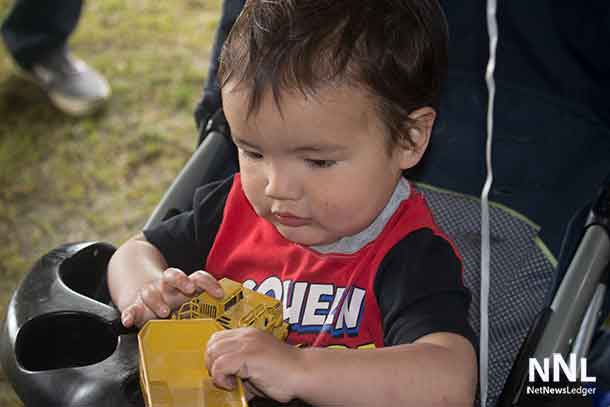Professionals always need leadership training coaching. Organizations look for leaders who know how to communicate and resolve disagreements, skills that play an essential role in building a work culture where every voice matters. Exploring how leadership development supports these areas can open new paths toward building stronger teams and smoother workplace interactions.
A Way to Develop Communication Skills
At the heart of leadership lies the art of clear communication. Leadership management training programs help individuals learn to speak plainly and listen with care. In these courses, leaders learn to listen to every voice and ensure each team member feels heard. This practice creates an open environment where people share their thoughts, which builds trust in everyday interactions.
Leaders also learn to interpret non-verbal cues during these sessions. Observing body language and tone of voice provides clues to a person’s real feelings or concerns. When leaders pick up on these signals, they are better prepared to address issues with a kind and attentive response. This approach makes it easier for team members to adjust to changes and new ideas without feeling overwhelmed.
Participants in leadership courses discover that tailoring their communication styles for different situations is essential. By learning how to change their approach depending on the audience, leaders help ensure that everyone involved understands their messages. This adjustment is critical in groups that include individuals from different cultures or departments, as every perspective adds to the conversation.
Improving Skills for Conflict Resolution
In any group setting, disagreements are bound to happen regardless of how well team members know each other. Leadership training shows people how to handle these disputes constructively. When they address issues as soon as they arise, the chances of a minor problem growing into a larger one reduce considerably, thus keeping the work environment calm and respectful.
Workshops often include exercises that help participants dig deeper into the roots of a disagreement. By understanding the actual cause of a conflict, a leader can take steps to correct the issue from the start and aim for a lasting resolution. In addition, these sessions offer practical lessons in negotiation. Leaders learn to step in as mediators, which helps each side reach an agreement that respects everyone’s point of view.
The training also emphasizes the role of empathy when conflicts occur. By seeing situations from multiple angles, leaders are better prepared to guide conversations in a way that makes each participant feel understood and valued.
Developing Empathy and Awareness of Emotion
A key part of leadership is influencing others without relying on power alone. Training programs show that being aware of one’s feelings and those of others is a crucial quality in a leader. These sessions teach how to recognize and manage personal emotions during stressful situations, which helps keep the team calm during challenging times.
Learning about emotional responses is another crucial element of these courses. When leaders understand how to control their own emotions, they are more capable of guiding their teams through conflict and uncertainty. By noticing the feelings of those around them, leaders can reply with thoughtfulness and clear judgment, which are appreciative qualities in tense or unpredictable moments.
Nurturing Team Collaboration
Teamwork is another pillar of leadership training. The idea is that the combined strength of a group can solve challenges that no one person could overcome alone. Training sessions guide leaders through assembling groups that take advantage of the different skills and ideas each member brings to the table.
The conversation remains open in these leadership management training programs so all concerned parties can consider every idea. When all team members contribute, the resulting solutions are comprehensive and consider a range of viewpoints. This open exchange helps the team generate new ideas while addressing issues as they arise.
Adapting to Change
A constantly changing workplace requires leaders who are ready to move with it. Leadership training helps individuals learn to accept and prepare for change. Participants understand the value of staying flexible and resilient as they guide their teams through transition.
By studying the basic ideas behind change management, leaders can notice potential problems and deal with them before they become serious. When team members understand how upcoming changes affect them, they feel more secure and less resistant to new methods. Transparency about change allows everyone to adjust their routines and expectations more easily.
Moreover, leadership training encourages a mindset that sees every challenge as an opportunity to learn. This attitude inspires a team to try different approaches and be open to new working methods, even in a constantly shifting market.
Conclusion
When clear communication and the ability to resolve disagreements are key to reaching company goals, investing time in leadership training can make a real difference. Leaders who learn to listen closely, adjust their message for different audiences, and deal with conflicts at the root have a lasting impact on their teams. Their awareness of both their feelings and those of others gives them the confidence to lead during tough times. As teams become more comfortable with change, they move forward with ideas that prepare them for future challenges. Leadership training is a practical investment in shaping individuals who guide their organizations to more substantial outcomes while keeping day-to-day interactions honest and respectful.







